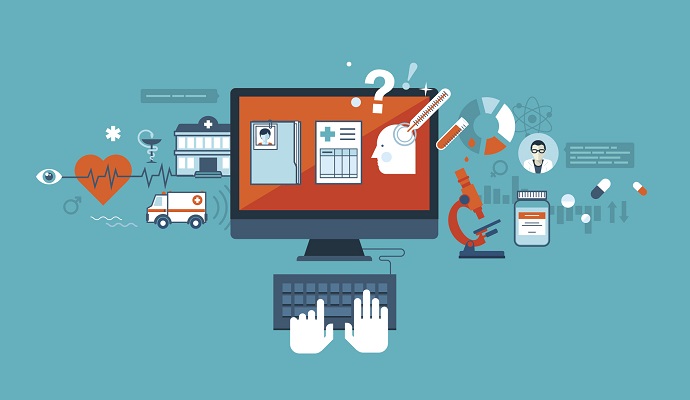
Improving Patient Safety and Quality of Care EHR Integration in Nursing Practices
Improving Patient Safety and Quality of Care EHR Integration in Nursing Practices https://kupplin.com/wp-content/uploads/2023/08/Use_and_Optimization.jpg 690 400 kupplinadmin kupplinadmin https://secure.gravatar.com/avatar/6eec4427dd031e16c8da4c63019a7497?s=96&d=mm&r=g- kupplinadmin
- no comments
Introduction
The healthcare landscape is undergoing a digital revolution, with Electronic Health Records (EHRs) at the forefront of this transformation. EHRs are improving the accessibility and accuracy of patient data and are changing the way nurses deliver care. Let’s delve into how EHR integration enhances patient safety and the quality of care in nursing practices.
EHRs: A Gateway to Enhanced Patient Safety
Facilitating Accurate and Timely Diagnosis
EHRs provide nurses with comprehensive, real-time access to patient health information. This includes medical history, medication lists, and diagnostic results, all of which aid in accurate and timely diagnosis, ultimately leading to safer and more effective care.
Promoting Effective Communication
By serving as a centralized database of patient information, EHRs promote effective communication among healthcare professionals. This seamless information exchange reduces miscommunication risks, ensuring everyone involved in a patient’s care is informed and aligned.
Reducing Medication Errors
EHRs reduce medication errors by offering features like automated dosage calculations and alerts for potential drug interactions. These safeguards can significantly enhance patient safety by preventing adverse drug events.
EHRs and Quality of Care: Elevating the Patient Experience
Personalizing Patient Care
By providing a complete picture of a patient’s health history, EHRs enable nurses to deliver personalized care that aligns with the patient’s specific needs. This personalization helps improve patient outcomes and enhances the overall patient experience.
Improving Care Coordination
EHRs improve care coordination by offering healthcare professionals from different specialties access to the same patient data. This streamlined coordination ensures that patients receive comprehensive care, enhancing their health outcomes.
The Challenges of EHR Integration in Nursing Practices
Data Privacy and Security
As with any digital platform that handles sensitive information, EHRs have the challenge of maintaining data privacy and security. Healthcare institutions must prioritize robust cybersecurity measures to protect patient data.
Learning Curve and Training
Integrating EHRs into nursing practice requires nurses to adapt to a new way of documenting and accessing patient information. The learning curve associated with this change and the need for comprehensive training can be a significant hurdle.
In Conclusion: EHR Integration – A Step Toward the Future of Nursing
Integrating EHRs in nursing practices presents a monumental step toward improving patient safety and quality of care. By facilitating accurate diagnoses, promoting effective communication, reducing medication errors, personalizing patient care, and improving care coordination, EHRs are transforming the nursing landscape.
However, healthcare institutions must address the challenges associated with EHR integration actively. By ensuring data security and providing adequate training for nurses, they can harness the full potential of EHRs.
Ultimately, the goal is to create a healthcare environment that embraces technological advancements, like EHRs, and uses them to enrich patient care. With thoughtful implementation and management, EHRs can become an integral part of nursing practice, driving the profession toward a future where patient safety and quality of care are at the forefront.
- Posted In:
- Uncategorized

Leave a Reply